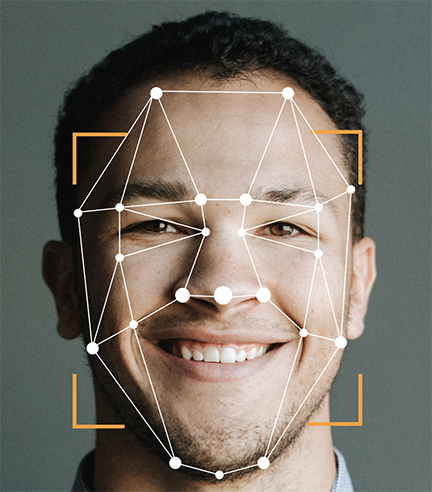the science

Decades of research shows that media messages are most effective when they make viewers THINK and FEEL. But in today’s oversaturated and overstimulating media environment, how do content creators cut through all the noise? Enter the science of biometrics.
Brain-body connection
Without even thinking about it, the human body has physiological responses to what goes into our brains. That’s because the brain and the body are connected in ways we can’t always control. And unlike other market research techniques (like focus groups and surveys), when we measure the body’s response to media messages, the body doesn’t lie.
Attention: Decades of media psychology research has found that paying attention to a media message manifests itself via heart rate. If someone’s heart rate drops while watching an ad, we can be sure they paid more attention. And more attention means a better shot at attitude change, which makes changing behavior all the more likely.

Emotion: Media messages are most effective when they evoke positive emotions. Microscopic movements in specific facial muscles (the zygomaticus major and the corrugator supercilli) indicate either positive or negative emotions, and facial muscle activation has been proven time and again to correspond accurately with how people feel.
